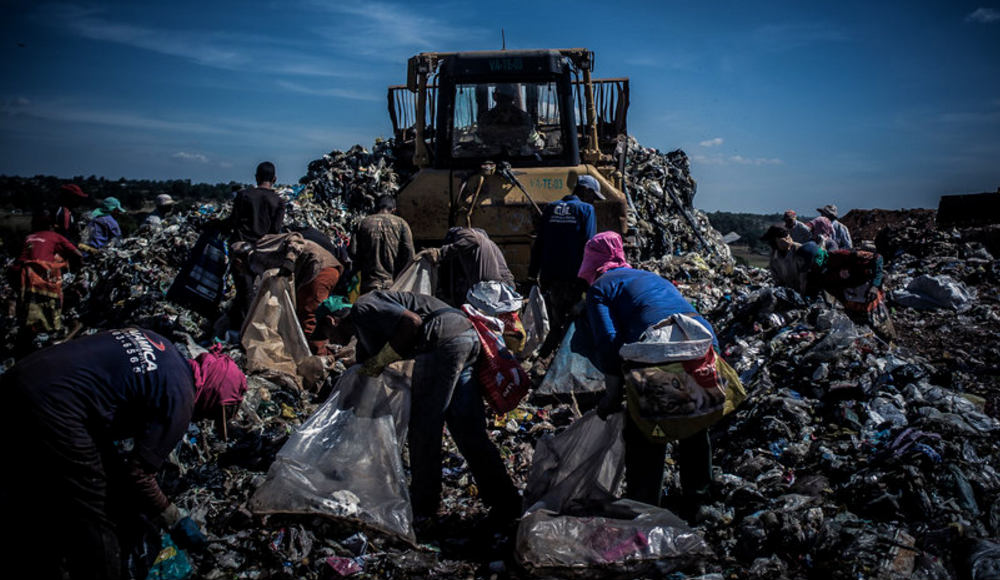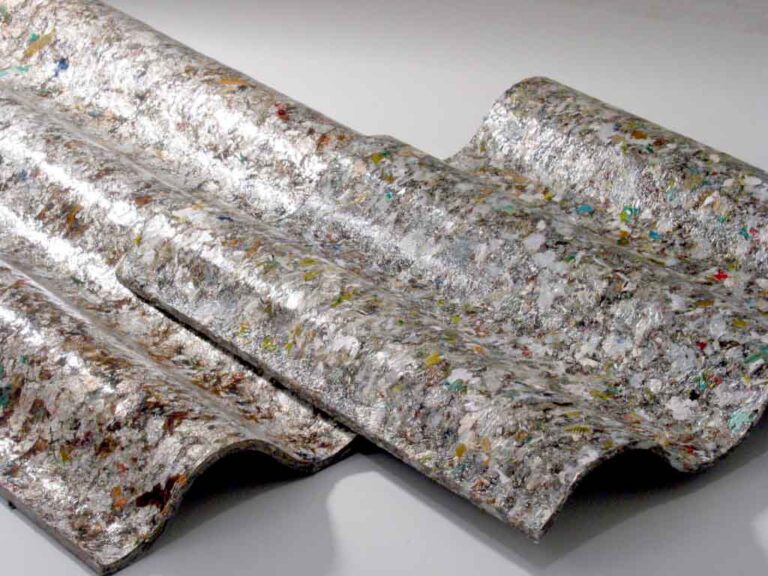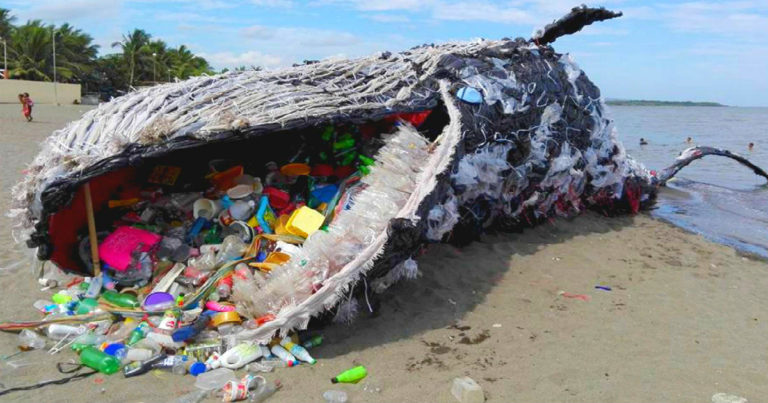Advertisements
Brazil has faced enormous challenges when it comes to solid waste management. Even with the National Solid Waste Policy (PNRS) establishing deadlines for the closure of landfills, many of them remain active in several cities. An example of this is the landfill located in Brasilia, which until recently held the title of “the largest landfill in South America”. This post will explore the details of this landfill, its history, the challenges faced by authorities and the harsh reality of recyclable material collectors.

The Situation of Landfills in Brazil
The National Solid Waste Policy, enacted in 2010, determined that landfills should be eliminated by 2014, requiring all cities to create sanitary landfills. However, in 2015, the Senate approved an extension of the deadlines for closing landfills, pushing this target to dates ranging from 2018 to 2021, depending on the size of the municipality.
Despite this extension, Brasilia kept its open-air landfill, the famous Jockey's Dump, which has become a symbol of the delay in complying with the PNRS. Despite several attempts to enforce the law, the local government has not managed to completely close down the landfill within the expected time. This goes against national and international guidelines on waste management, putting the city in a delicate position.
Reporter Marcio Pimenta visited the “Lixão do Jóquei”, a landfill site run by the Federal District government. Just 15 km from Praça dos Três Poderes, he photographed the largest open-air landfill in Latin America. Between 600 and 2,600 people work there in an area of 200 hectares with mounds of garbage up to 50 meters high. It is the destination for 1,00% of the garbage collected in the Federal District. In numbers, this means 2,800 tons of Urban Solid Waste per day and between 6,000 and 8,000 tons of construction waste.

The Jockey Dump in Brasilia
Located just 15 km from the Three Powers Square, the Jockey's Dump, in Brasilia, was considered the largest landfill in South America. With an area of 200 hectares and mountains of garbage reaching 50 meters high, the site was, for years, the destination for all the garbage generated in the federal capital. Around 2.8 thousand tons of urban solid waste were dumped there every day, in addition to another 6 thousand to 8 thousand tons of construction waste.
The landfill not only impacted the environment, but also directly affected the working conditions of thousands of waste pickers. It is estimated that between 600 and 2,600 people worked at the landfill, many of them in unsanitary conditions, exposing themselves to hazards such as syringes, broken glass and other sharp materials. These workers lived with vultures, pigeons, rats and flies, competing for space amidst the garbage.
The Role of Waste Pickers in the Brasília Landfill
Waste pickers play a crucial role in Brazil’s waste system. The Institute of Applied Economic Research (Ipea) estimates that in 2013 there were around 600,000 waste pickers in the country, responsible for approximately 90% of the recyclable materials recovered. However, working in landfills such as the one in Brasilia it is a degrading and dangerous task.
The collectors of the Jockey's Dump They earned, on average, between R$1,200 and R$1,500 per month, depending on the amount of material they were able to collect and sell. Although the income may seem relatively good, the working conditions are precarious and extremely unhealthy. Many collectors feared losing this source of income with the closure of the landfill and the implementation of new waste management measures.
The Transition to Landfill
The hope for a more sustainable solution emerged in 2016, when the start of operations of the Western Sanitary Landfill. The new landfill was planned based on environmental impact studies, promising a modern and more responsible approach to waste treatment. The expectation was that, with the start of operation of this landfill, the Jockey's Dump was finally deactivated, ending its activities and freeing up the area for a possible environmental rehabilitation project.
This transition marked an important point in waste management in Brasilia, since sanitary landfills are a safer and more environmentally friendly solution. Unlike landfills, where waste is simply deposited without any treatment, sanitary landfills are designed to minimize environmental impact by controlling the leachate and gases released by the decomposition of waste.
Challenges in Logistics and Waste Management
Although the creation of landfills is an important step, waste management in cities like Brasilia faces complex logistical challenges. Selective waste collection, for example, is still inefficient in many neighborhoods, and the infrastructure for transporting and processing recyclable waste needs improvement.
Furthermore, the transition from landfill to dumpsite does not completely solve the problem of waste pickers. Many of them depend directly on access to waste to ensure their livelihood, and the lack of public policies that integrate these workers into the new waste management system can generate a negative social impact. Social inclusion programs, training and alternative employment opportunities are essential for the change in the waste system to be sustainable in the long term.
Conclusion: The Future of Waste Management in Brasilia
The story of largest landfill in South America, located in Brasilia, is a clear example of the challenges that Brazil faces in solid waste management. Even with well-established public policies, such as the National Solid Waste Policy, the implementation of these measures has been slow and full of obstacles.
The deactivation of the largest Jockey's Dump was an important step for the federal capital, but the success of the transition to more efficient waste management depends on continued investment in infrastructure, environmental education and social inclusion of collectors. Western Sanitary Landfill offers a more sustainable solution for waste disposal, but there is still a lot of work to be done to make selective collection and recycling more effective in the city.
The journey of Brasilia The fight against waste accumulation and the search for more sustainable waste management continues. The capital has the potential to become a positive example for the rest of the country, provided that the appropriate measures are taken to ensure an environmentally safe and socially just future.
THE largest landfill in South America may have been closed, but the mission to improve waste management and protect the environment remains an urgent priority for Brasilia and for all of Brazil.
Check out other interesting facts about recycling clicking here.
Learn how to make art by recycling, Click here.
Summary




The issue of garbage collectors is a delicate one. Before closing them down, it is necessary to promote the insertion of these people into the job market or create cooperatives so that they can continue to have a source of income. In addition, it is also necessary to provide environmental education to these people so that they truly understand the reasons for the closure of landfills and are aware of the role they play in society.
It is necessary to create public policies to reduce the incorrect disposal of waste, but also to establish partnerships with companies to act directly in collecting, recycling and reusing. In this way, the government could generate employment by prioritizing collectors, legalizing their work and generating income, boosting the economy.